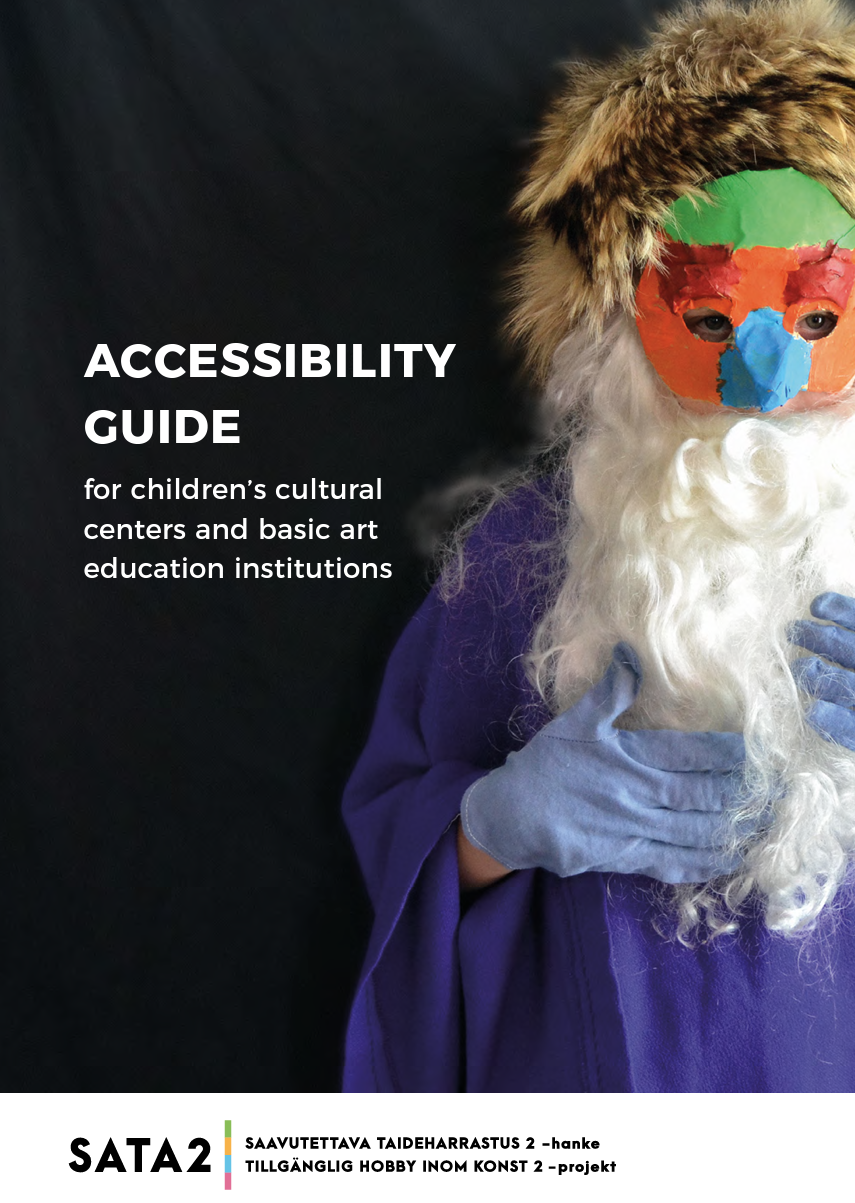More Accessible Hobby Approach
Good accessibility promotes opportunities for everyone to engage, participate and experience.
Diversity and accessibility are not a matter of choice.
International human rights conventions and legislation require organizers of leisure activities to remove barriers to participation and promote equality.
The More Accessible Hobby- approach aims to promote accessibility as widely and diversely as possible. It is based on human rights conventions and legislation, cross-sectoral co-development and proven good practices.
The More Accessible Hobby Approach includes:
- 18 Recommendations for More Accessible Hobbies to guide activities towards accessibility.
You can find the recommendations here - Traffic Light Tool for Accessible Hobbies to assess the current state of accessibility.
Download the tool here - More Accessible Hobby- Online Training and Information Cards (only in Finnish), which provide practical guidance and tips on how to improve accessibility; and
- More Accessible Hobby Label, which can be used as a communication tool.
The More Accessible Hobby Label

Organisations that commit to the recommendations for more accessible hobbies may also use the More Accessible Hobby label to promote their activities. This label facilitates communication between activity organisers, participants, and their supporters, helping more people discover and engage in hobbies.
Learn more about the More Accessible Hobby Approach and download the Traffic Light Tool for Accessible Hobbies here.
Accessibility in Children’s Arts and Culture
Every child and young person has the right to experience and create art. Access to engaging in leisure activities should be as easy as possible regardless of such considerations as physical limitations, support needs, first language or a family’s financial situation. Recognising diversity in all people – whether child or adult – is the first step towards realising the cultural rights of children and young people and achieving greater equality in children’s arts and culture.
Recognising and accounting for diversity and different approaches in the planning and implementation of services can make them more accessible. Complete accessibility requires minimising all possible barriers to participation, including access to information, financial means, physical environment, the use of senses, social factors, and understanding. The aim is to enable children and young people to choose art hobbies and activities based on their interests, rather than limiting their choice only to those services that provide for the diversity of participants and the removal of barriers to access.
The better the provision of cultural rights to children and young people, the greater the sustainability and the impact of children’s cultural activities. As professional practitioners of children’s arts and culture (and subsequently other cultural professionals) attract new talent, the quality of children’s cultural provision improves. The aim is to create a level playing field for children’s arts and culture, where everyone has the opportunity to take up leisure activities, participate, and receive training and work, regardless of their individual characteristics.
Accessibility Guide for children’s cultural centres and basic art education institutions

The guide aims to provide tools and tips on accessibility, and was produced by The City of Tampere as part of the SATA2 Project (Accessible Art Hobby 2). The guide and Accessibility sign aim to improve access to art and culture activities for children and young people with special needs nationwide.
Photo: Playing in the adventure space of the Children’s Cultural Centre Rulla. Photographer: Taru Huokkola

